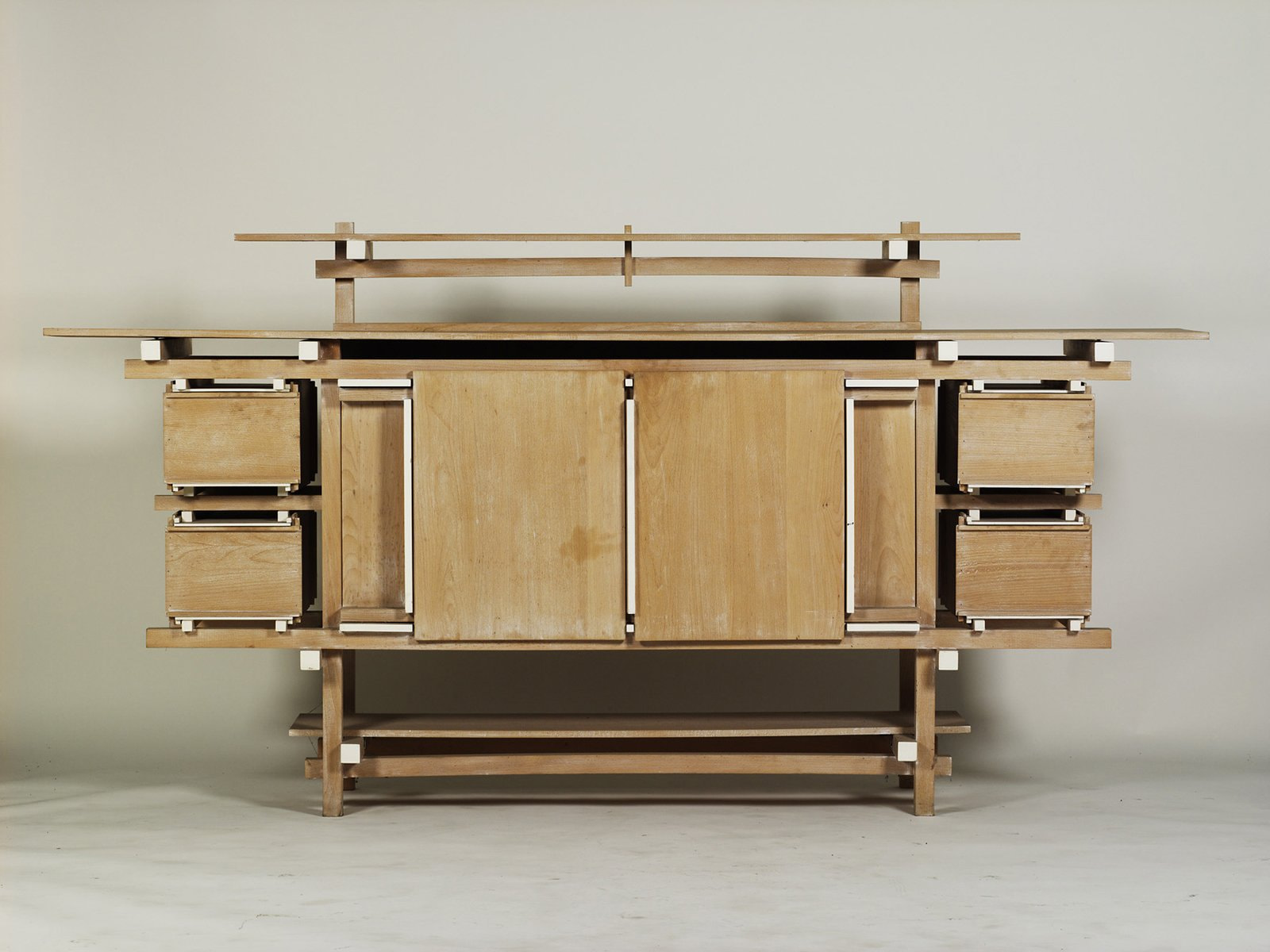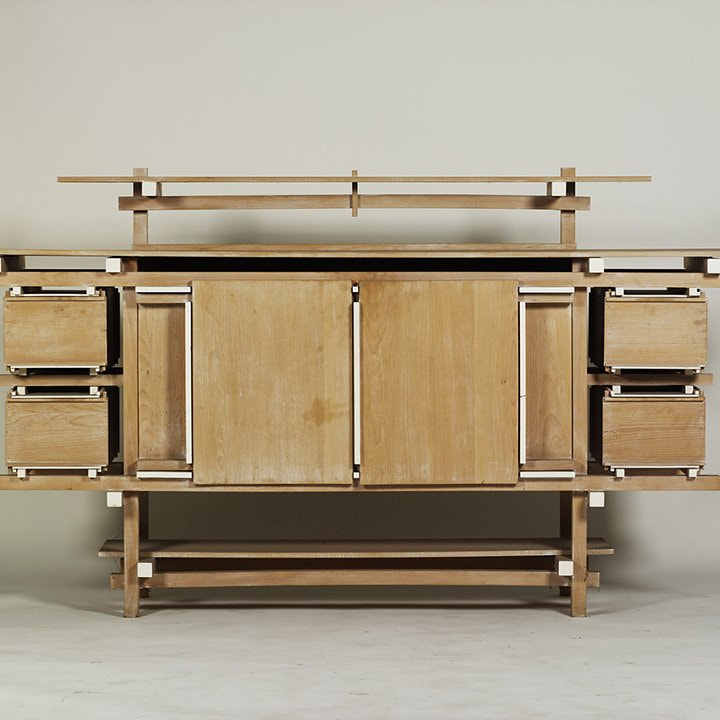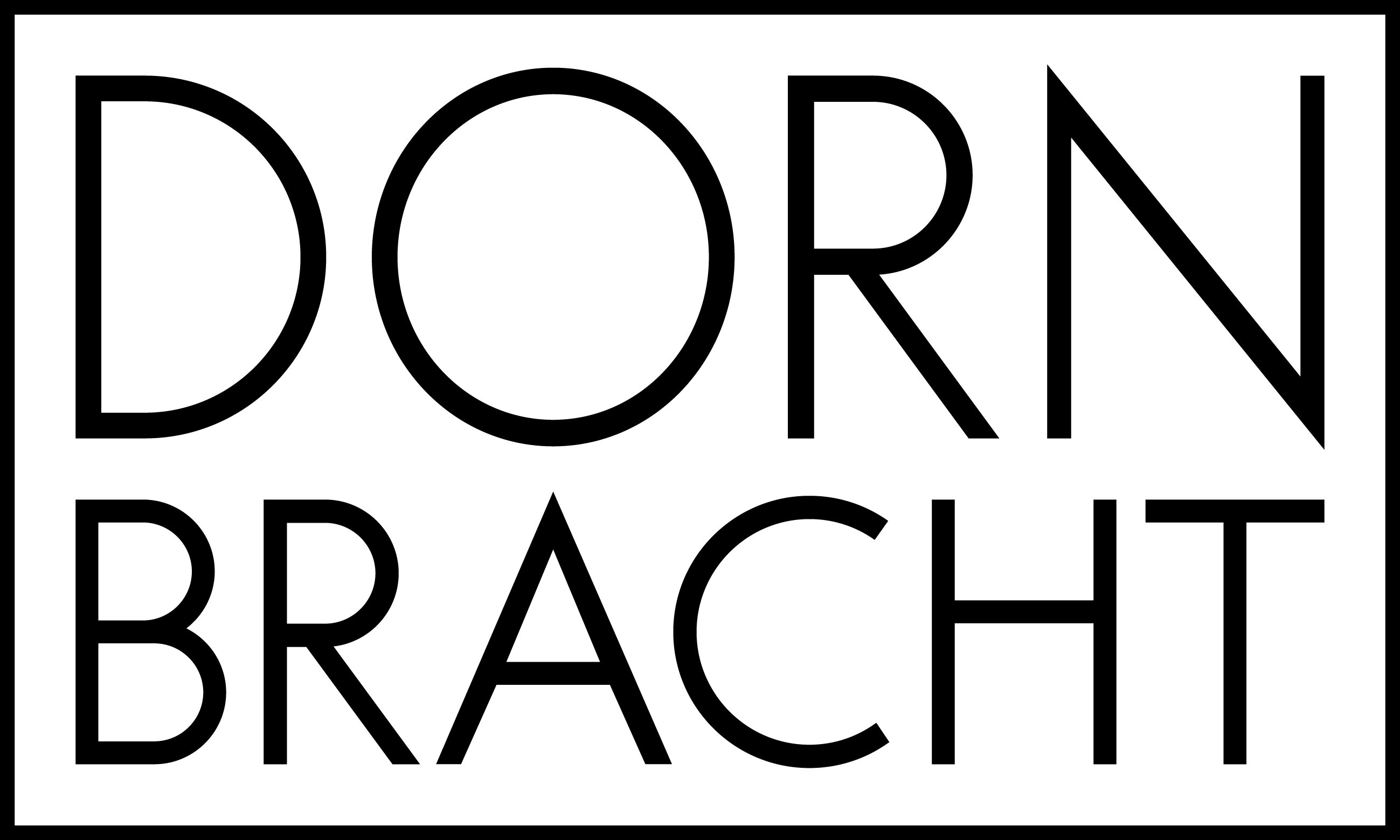The lecture is dedicated to the late 1910s and 1920s—a turning point in world design.
During those years, symptomatic changes took place simultaneously in several countries. In 1917 De Stijl was founded in Leiden. The movement’s program implied that any piece of art should emphasize its household function and rational/utilitarian usage. These ideas have significantly impacted twentieth century architecture and design, including the aesthetics of Bauhaus. Maria Savostyanova will talk about the groundbreaking educational doctrine and the building principles promoted by the Bauhaus school based in Weimar. She will also discuss the 1926 exhibition in Weissenhof and the first tubular steel furniture. The political coup started in in St Petersburg in 1917 laid the foundation for Russian avant-garde art, constructivism, the propaganda designs in posters, textiles, and porcelain, as well as the emergence of VHUTEMAS and VHUTEIN and a decade of bold experimentation in theory and practice that followed. Featured in the lecture are such seminal figures as Gerrit Rietveld, Marcel Breuer, Mies van der Rohe, Alexander Rodchenko, and Varvara Stepanova, among others.



